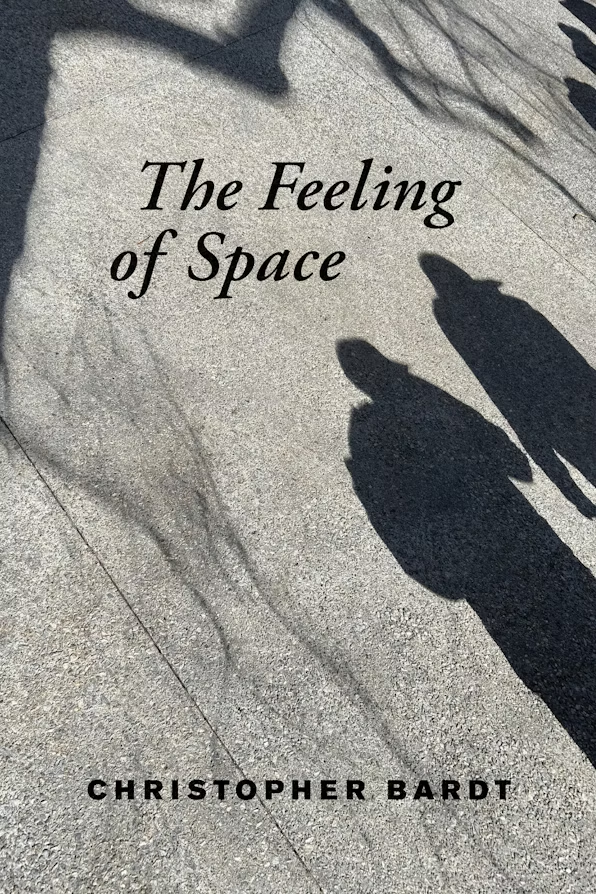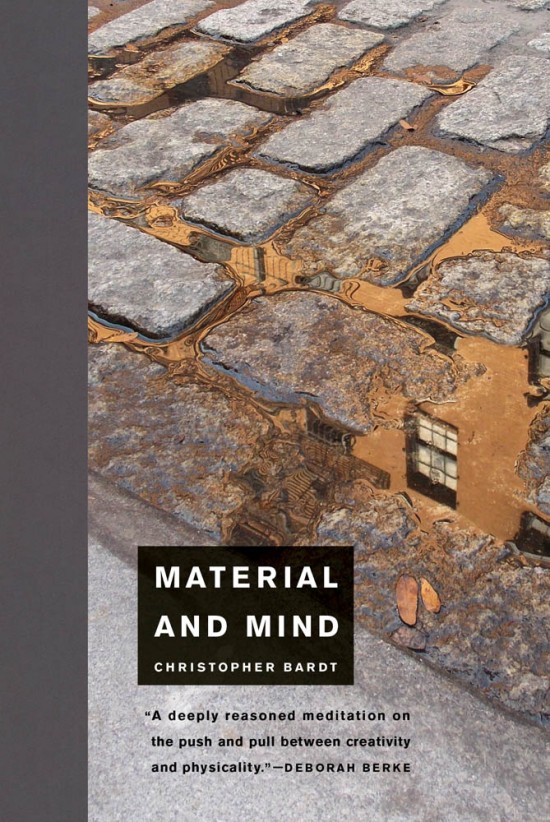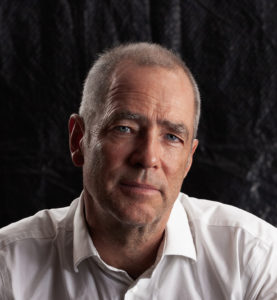The Feeling of Space
A richly illustrated exploration of humanity’s drive to shape life as a spatial project, from Plato’s time to the digital era.
Material And Mind
An in-depth exploration of the interaction between mind and material world, mediated by language, image, and making—in design, the arts, culture, and science.
Christopher Bardt
Christopher Bardt has over 25 years of experience as an architect and professor of architecture at RISD.


